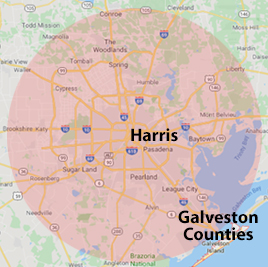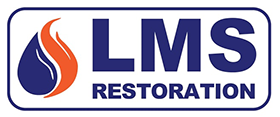Reasons to have Insulation Removal in Paris, Texas
Although insulation removal is not necessary in some cases, there are situations where it is absolutely essential. LMS Restoration professionals inspect the premises before recommending a course of action that is appropriate to your situation and needs. Our crews usually engage in insulation removal due to the following circumstances: Water damaged insulation - Wet insulation is no longer effective in keeping your home comfortable and energy efficient. In fact, it can cause walls to swell, paint to blister and peel, sheetrock to crack and stain, surfaces to grow mold, wood to rot and buckle, and infrastructure all over the home to deteriorate. Some types of insulation can be dried more effectively than others, but that depends on the degree of moisture damage sustained. Fire damage restoration - Following fire damage, insulation should be removed and replaced, as it cannot be cleaned and disinfected and lingering smoke odors will drift into the house. Rodent contaminated insulation - Rodents, such as rats, mice and squirrels destroy insulation, wiring and plumbing in commercial and residential properties. Moreover, damaged electrical wires are potential fire hazards. Rodents can cause not only damage amounting to thousands of dollars in a very short time, but they can also transmit diseases. Their waste contaminates living spaces and poses serious health risk to humans and pets. Excessive insulation - A well-insulated attic makes the home more comfortable year-round. Energy efficiency increases, as the heating and cooling systems work more smoothly and economically, saving you money. Although many houses fall in the under-insulated category, some homeowners err on the side of excessively insulating their attics, thinking that more must be better. However, that is not the case with insulation. In fact, excessive insulation prevents proper ventilation, trapping heat and moisture. That, in turn, causes all types of excessive humidity and dampness issues, including temperature variations in the home. Upgrading insulation – Upgrading your insulation may be an effective way to lower heating and cooling costs. When remodeling, it is best to remove old insulation that is not as efficient and replace it with new insulation. The same is true of loose fill insulation, such as vermiculite, that was commonly used in the attics of some houses built before 1990 and might have been contaminated with asbestos. How Is Insulation Removed? LMS Restoration crews utilize the latest and safest insulation removal techniques available. Rodent contamination, mold infestation due to water damage, asbestos pollution, or just old, dusty and deteriorating insulation should not end up in your living quarters; and in the air you and your family breathe. We customize the method used to the specific situation at hand. The loose fill, blown in insulation is removed with a powerful commercial vacuum that remains outside the property at all times and sucks in attic insulation without debris entering the home. Fiberglass rolls and batts are collected in bags and removed from the premises. With rodent infestation, we can also spot-remove insulation if it is contained to a certain area. Our staff is fully trained on the proper method of removing old, contaminated insulation carefully and thoroughly. Contact us here.





